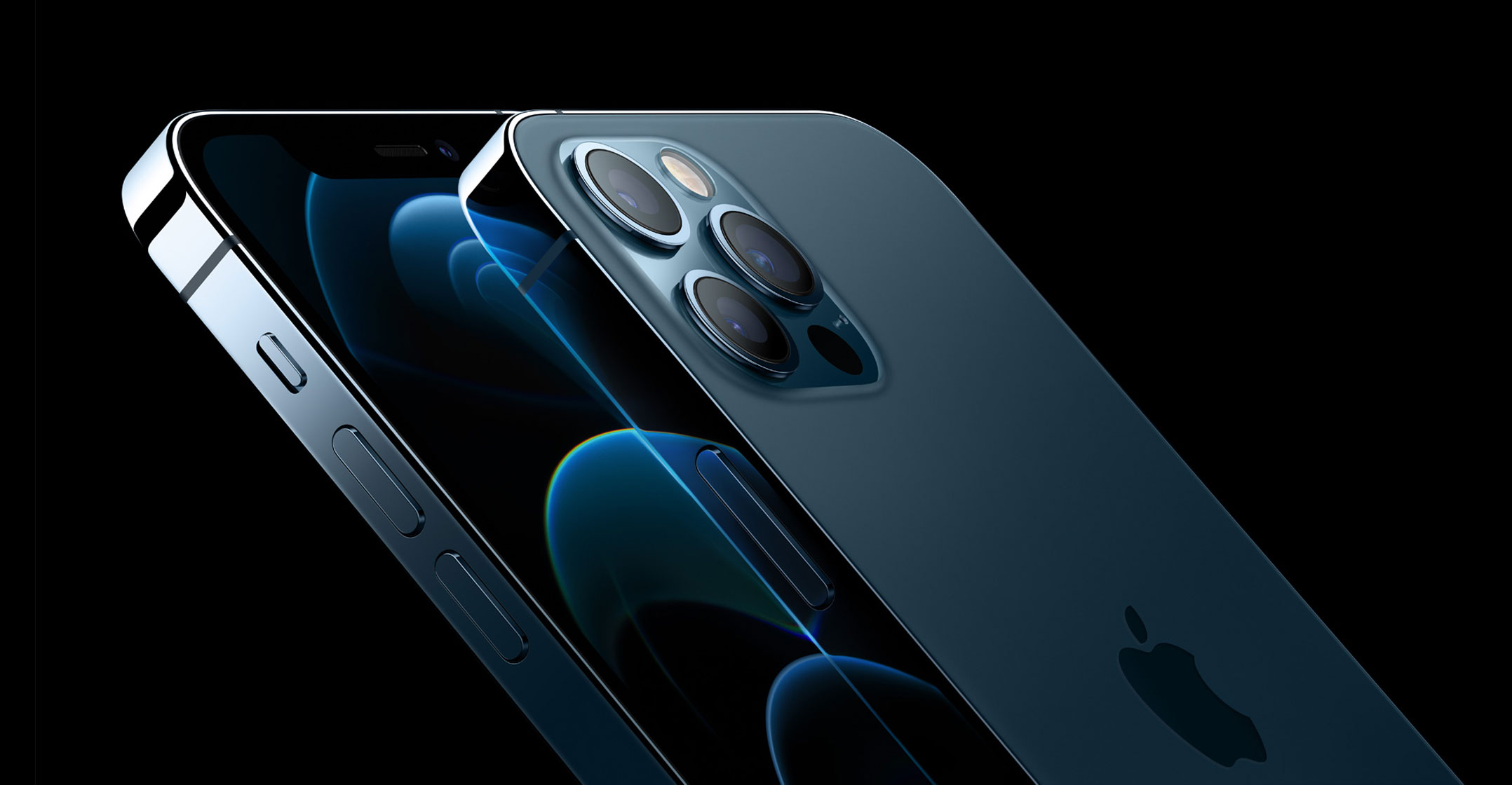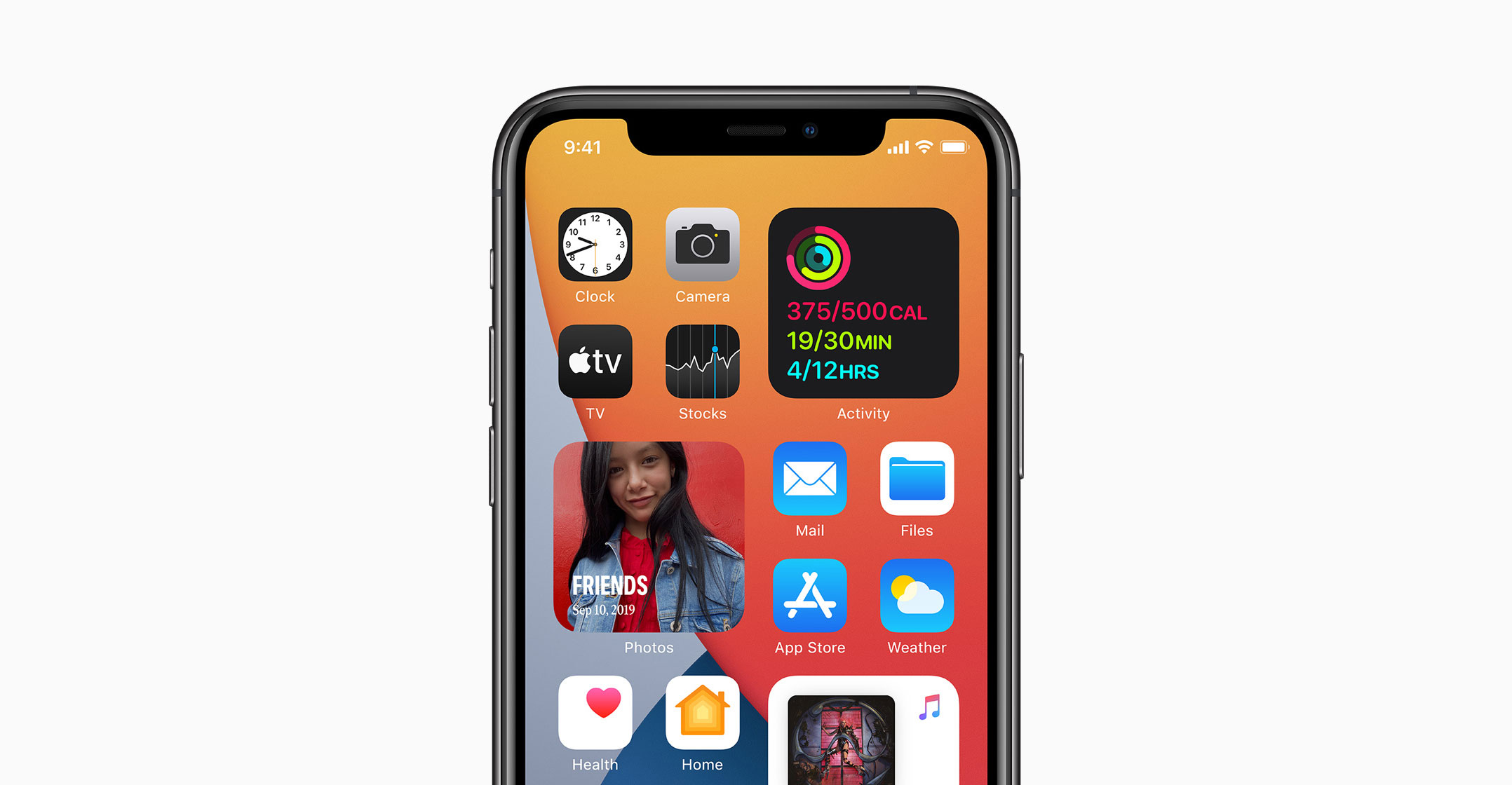
Apple launched its first iPhones with 5G wireless speeds a few months ago. Now it’s looking to start work on sixth-generation cellular connectivity, or 6G, indicating it wants to be a leader in the technology rather than relying on other companies.
The Cupertino, California-based company this week posted job ads seeking wireless system research engineers for current and next-generation networks. The listings are for positions at Apple’s offices in Silicon Valley and San Diego, where the company works on wireless technology development and chip design.
“You will have the unique and rewarding opportunity to craft next-generation wireless technology that will have deep impact on future Apple products,“ according to the job announcement. “In this role you will be at the centre of a cutting-edge research group responsible for creating next-generation disruptive radio access technologies over the next decade.”
People hired for the positions will “research and design next-generation (6G) wireless communication systems for radio access networks” and “participate in industry/academic forums passionate about 6G technology”.
Industry watchers don’t expect 6G to roll out until about 2030, but the job listings indicate Apple wants to be involved at the earliest stages in the development of the new technology. A company spokeswoman declined to comment.
Qualcomm
Apple’s current swathe of iPhones use 5G modems designed by Qualcomm. While the company launched its first 5G devices at an opportune time, several phone makers beat it to market and Apple relied heavily on Qualcomm for connection to the new wireless network, which dramatically improves the amount and speed of data that consumers can download. In order to get 5G into the latest iPhones, Apple settled a contentious lawsuit with the San Diego-based chip maker. Apple’s early involvement in 6G research and design indicates it won’t wait around for the next major advancement.
Late last year, Apple joined an alliance of companies working on standards for 6G and other next-generation cellular technologies. The standards and timing for 6G are still loosely defined, but some analysts say the technology could enable speeds more than 100 times faster than 5G.
The job listings are another signal of Apple’s continued push into developing more technology in-house. The company has designed main processors for the iPhone and iPad and last year expanded that effort to the Mac. It has also ramped up work on its own custom screens and camera technologies, in addition to wireless chips for AirPods, Apple Watch and precise location data.
 Apple last year started developing its first custom modem, the chip that allows phones to connect to wireless networks. In a town hall meeting with employees in December, Johny Srouji, Apple’s custom technology and chip head, said that “long-term strategic investments like these are a critical part of enabling our products and making sure we have a rich pipeline of innovative technologies for our future”.
Apple last year started developing its first custom modem, the chip that allows phones to connect to wireless networks. In a town hall meeting with employees in December, Johny Srouji, Apple’s custom technology and chip head, said that “long-term strategic investments like these are a critical part of enabling our products and making sure we have a rich pipeline of innovative technologies for our future”.
Though Apple is laying the groundwork to be a key player in 6G, it has much work ahead to take full advantage of 5G, a technology in its infancy. The company hasn’t expanded 5G to other devices like the Apple Watch and iPad, and it sells multiple iPhones that use older 4G technology. It’s likely that Apple’s first modem will be for 5G connectivity. — (c) 2021 Bloomberg LP




